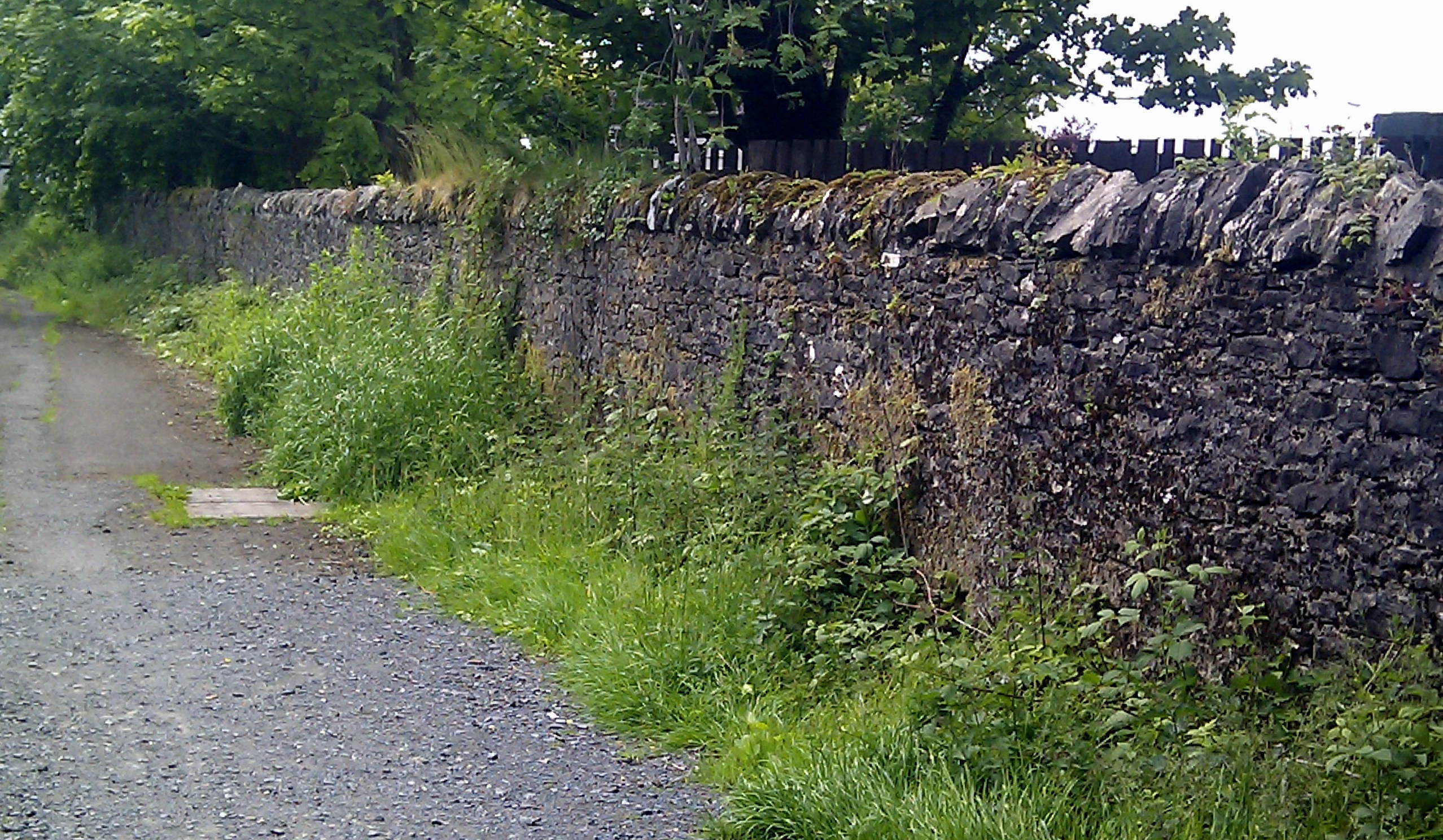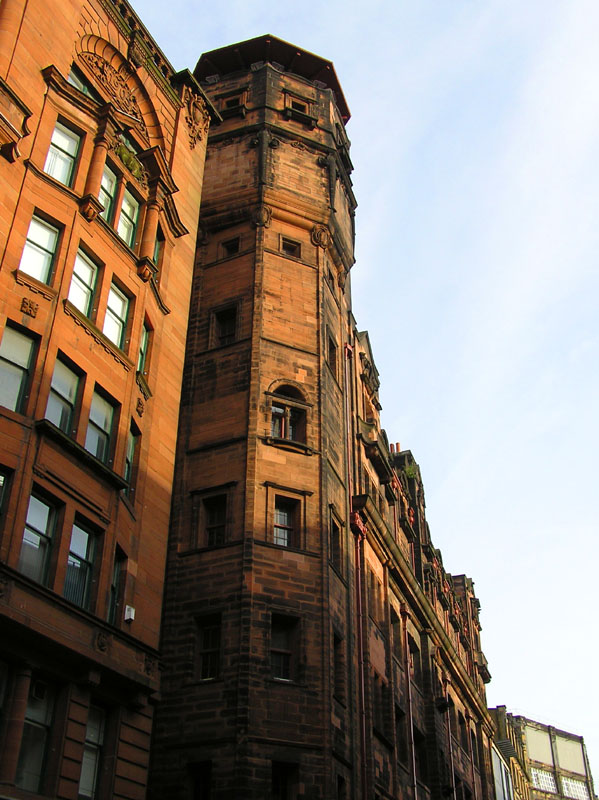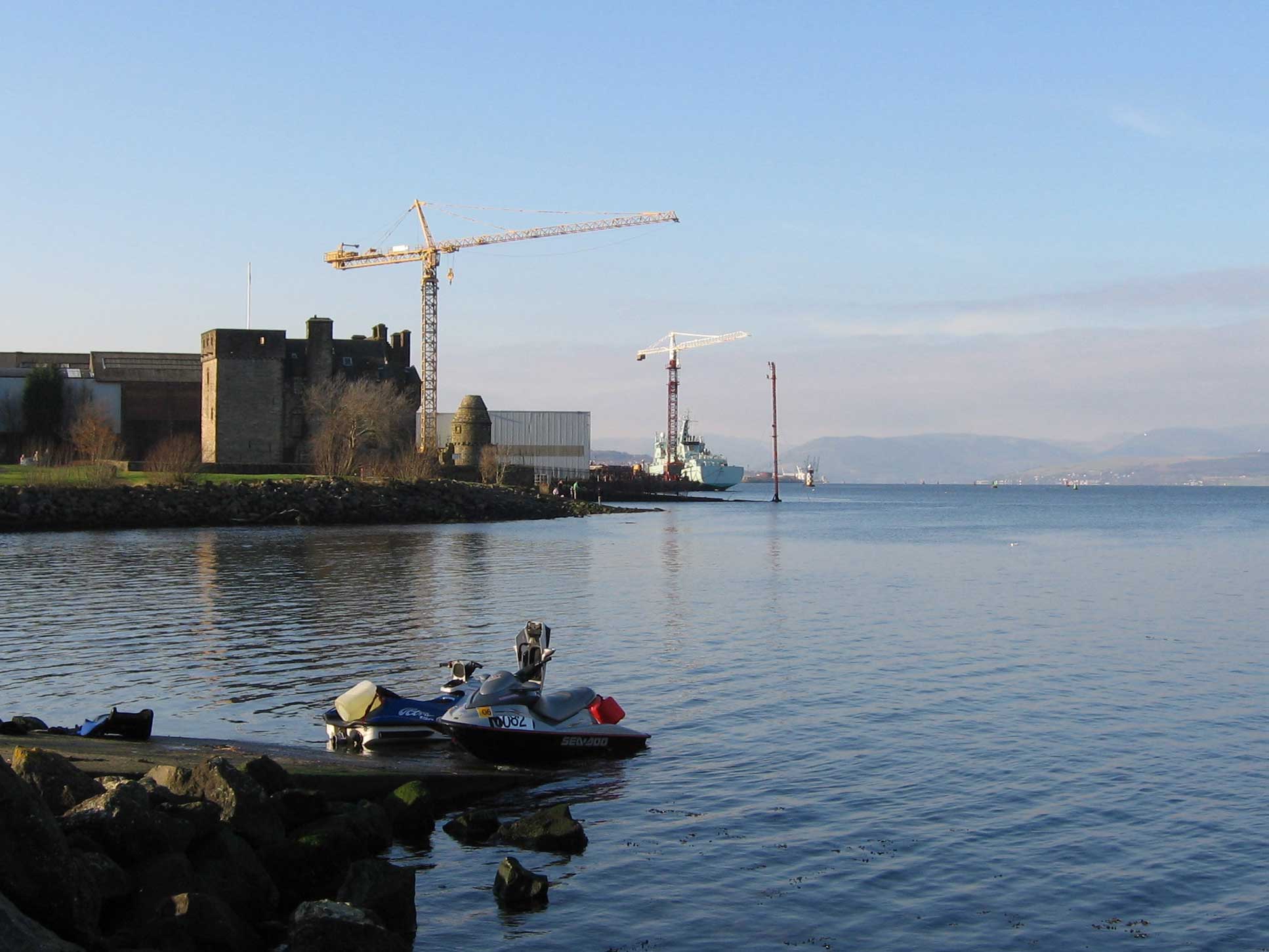|
Lands Of Morishill
The lands of Morishill,Dobie (1896), Page 199 Morrishill,Thomson's Map Retrieved : 2013--06-25 MoorishillDobie (1896), Page 216 or Moricehill were part of the holdings of the Barony of Beith, Regality of Kilwinning and Bailiary of Cuninghame. The name may have derived from large shielings or huts that were once erected at the site. History of the lands of Morishill In the early 17th century Robert Peibles held Moreisheills, Pedderland and Maynshill. In 1637 the lands of old extent of 'Morishill' were held by James and Janet Stewart. By 1748 the Adam family had held the 20/- land of old extent of Morishill for several generations, acquiring it through the marriage of Henry Adam with Margaret Stewart, daughter of John Stewart of Mor ...[...More Info...] [...Related Items...] OR: [Wikipedia] [Google] [Baidu] |
Beith
Beith is a small town in the Garnock Valley, North Ayrshire, Scotland approximately south-west of Glasgow. The town is situated on the crest of a hill and was known originally as the "''Hill o' Beith''" (hill of the birches) after its ''Court Hill''. History Name Beith's name is thought to emanate from Ogham, which is sometimes referred to as the "''Celtic Tree Alphabet''", ascribing names of trees to individual letters. ''Beithe'' in Old Irish means ''Birch-tree'' (cognate to Latin ''betula''). There is reason to believe that the whole of the district was covered with woods. The town of Beith itself was once known as 'Hill of Beith' as this was the name of the feudal barony and was itself derived from the Court Hill near Hill of Beith Castle. Alternatively, Beith may be derived from Cumbric ''*baɣeδ'', 'boar' (Welsh ''baedd''). The local pronunciation of the name would favour this theory. The Wood of Beit, now the 'Moor of Beith', has been identified as an Arthurian sit ... [...More Info...] [...Related Items...] OR: [Wikipedia] [Google] [Baidu] |
Tolbooth
A tolbooth or town house was the main municipal building of a Scottish burgh, from medieval times until the 19th century. The tolbooth usually provided a council meeting chamber, a court house and a jail. The tolbooth was one of three essential features in a Scottish burgh, along with the mercat cross and the kirk (church). Etymology The word tolbooth is derived from the Middle English word ''tolbothe'' that described a town hall containing customs offices and prison cells. History Burghs were created in Scotland from the 12th century. They had the right to hold markets and levy customs and tolls, and tolbooths were originally established for collection of these. Royal burghs were governed by an elected council, led by a provost and baillies, who also acted as magistrates with jurisdiction over local crime. The tolbooth developed into a central building providing for all these functions. Most tolbooths had a bell, often mounted on a steeple, and later clocks were added. ... [...More Info...] [...Related Items...] OR: [Wikipedia] [Google] [Baidu] |
Demolished Buildings And Structures In Scotland
Demolition (also known as razing, cartage, and wrecking) is the science and engineering in safely and efficiently tearing down of buildings and other artificial structures. Demolition contrasts with deconstruction, which involves taking a building apart while carefully preserving valuable elements for reuse purposes. For small buildings, such as houses, that are only two or three stories high, demolition is a rather simple process. The building is pulled down either manually or mechanically using large hydraulic equipment: elevated work platforms, cranes, excavators or bulldozers. Larger buildings may require the use of a wrecking ball, a heavy weight on a cable that is swung by a crane into the side of the buildings. Wrecking balls are especially effective against masonry, but are less easily controlled and often less efficient than other methods. Newer methods may use rotational hydraulic shears and silenced rock-breakers attached to excavators to cut or break through ... [...More Info...] [...Related Items...] OR: [Wikipedia] [Google] [Baidu] |
History Of North Ayrshire
History (derived ) is the systematic study and the documentation of the human activity. The time period of event before the invention of writing systems is considered prehistory. "History" is an umbrella term comprising past events as well as the memory, discovery, collection, organization, presentation, and interpretation of these events. Historians seek knowledge of the past using historical sources such as written documents, oral accounts, art and material artifacts, and ecological markers. History is not complete and still has debatable mysteries. History is also an academic discipline which uses narrative to describe, examine, question, and analyze past events, and investigate their patterns of cause and effect. Historians often debate which narrative best explains an event, as well as the significance of different causes and effects. Historians also debate the nature of history as an end in itself, as well as its usefulness to give perspective on the problems of the p ... [...More Info...] [...Related Items...] OR: [Wikipedia] [Google] [Baidu] |
John Strawhorn
John Strawhorn (May 1922 – 7 August 1997) was a Scottish educator and historian. He was a teacher in Girvan, Newmilns, Kilmarnock, Cumnock and Ayr, and retired in 1982 as Assistant Rector at Ayr Academy. Along with William Boyd, he wrote the Ayrshire volume of the Third Statistical Account of Scotland in 1951, the first volume to be published. He wrote ''Ayrshire at the Time of Burns'' in 1959 and later served as President of the Ayrshire Archaeological and Natural History Society. He specialised in Robert Burns, and also in the history of Mauchline Mauchline (; gd, Maghlinn) is a town and civil parish in East Ayrshire, Scotland. In the 2001 census Mauchline had a recorded population of 4,105. It is home to the National Burns Memorial. Location The town lies by the Glasgow and South Wes ..., where he lived from 1961. References 1922 births 1997 deaths 20th-century Scottish historians Robert Burns Scottish educational theorists 20th-century British historians [...More Info...] [...Related Items...] OR: [Wikipedia] [Google] [Baidu] |
Glasgow Herald
''The Herald'' is a Scottish broadsheet newspaper founded in 1783. ''The Herald'' is the longest running national newspaper in the world and is the eighth oldest daily paper in the world. The title was simplified from ''The Glasgow Herald'' in 1992. Following the closure of the ''Sunday Herald'', the ''Herald on Sunday'' was launched as a Sunday edition on 9 September 2018. History Founding The newspaper was founded by an Edinburgh-born printer called John Mennons in January 1783 as a weekly publication called the ''Glasgow Advertiser''. Mennons' first edition had a global scoop: news of the treaties of Versailles reached Mennons via the Lord Provost of Glasgow just as he was putting the paper together. War had ended with the American colonies, he revealed. ''The Herald'', therefore, is as old as the United States of America, give or take an hour or two. The story was, however, only carried on the back page. Mennons, using the larger of two fonts available to him, put it in th ... [...More Info...] [...Related Items...] OR: [Wikipedia] [Google] [Baidu] |
Skelmorlie Aisle
The Skelmorlie Aisle of Largs Old Kirk is the remains of a church in the town of Largs, Ayrshire, Scotland. History The majority of the kirk (church) was demolished in 1802 when the new parish church came into use, but the aisle, a division of the once larger building containing the mausoleum, was retained. The Montgomerie tomb The Skelmorlie Aisle contains a notable monument built by a local landowner, Sir Robert Montgomerie of Skelmorlie Castle, seventh Laird of Skelmorlie, as a burial site for himself and his wife, Dame Margaret Douglas. The aisle was added to the old kirk (church) of Largs in 1636, and comprises a Renaissance canopied tomb above the burial-vault entrance. The barrel vaulted ceiling of the aisle was painted 1638 in panels, with heraldic emblems and signs of the Zodiac, etc. by a Mr. Stalker. A third coffin within the tomb is said to be that of Sir Hugh Montgomerie of Eaglesham, a hero of the Battle of Otterburn.Clan Montgomery Society, Page 7 It can be comp ... [...More Info...] [...Related Items...] OR: [Wikipedia] [Google] [Baidu] |
Syphilis
Syphilis () is a sexually transmitted infection caused by the bacterium ''Treponema pallidum'' subspecies ''pallidum''. The signs and symptoms of syphilis vary depending in which of the four stages it presents (primary, secondary, latent, and tertiary). The primary stage classically presents with a single chancre (a firm, painless, non-itchy skin ulceration usually between 1 cm and 2 cm in diameter) though there may be multiple sores. In secondary syphilis, a diffuse rash occurs, which frequently involves the palms of the hands and soles of the feet. There may also be sores in the mouth or vagina. In latent syphilis, which can last for years, there are few or no symptoms. In tertiary syphilis, there are gummas (soft, non-cancerous growths), neurological problems, or heart symptoms. Syphilis has been known as "the great imitator" as it may cause symptoms similar to many other diseases. Syphilis is most commonly spread through sexual activity. It may also be transmi ... [...More Info...] [...Related Items...] OR: [Wikipedia] [Google] [Baidu] |
Port Glasgow
Port Glasgow ( gd, Port Ghlaschu, ) is the second-largest town in the Inverclyde council area of Scotland. The population according to the 1991 census for Port Glasgow was 19,426 persons and in the 2001 census was 16,617 persons. The most recent census in 2011 states that the population has declined to 15,414. It is located immediately to the east of Greenock and was previously a burgh in the county of Renfrewshire. Originally a fishing hamlet named Newark, Port Glasgow came about as a result of large ships being unable to navigate the shallow and meandering River Clyde to the centre of the city of Glasgow. As a result, it was formed as a remote port for Glasgow in 1668, and became known as 'New Port Glasgow', which was shortened to 'Port Glasgow' in 1775. Port Glasgow was home to dry docks and shipbuilding beginning in 1780. The town grew from the central area of the present town and thus many of the town's historic buildings and people are found here. Port Glasgow expanded up ... [...More Info...] [...Related Items...] OR: [Wikipedia] [Google] [Baidu] |
North Ayrshire
North Ayrshire ( gd, Siorrachd Àir a Tuath, ) is one of 32 council areas in Scotland. The council area borders Inverclyde to the north, Renfrewshire and East Renfrewshire to the northeast, and East Ayrshire and South Ayrshire to the east and south respectively. The local authority is North Ayrshire Council, formed in 1997 and following similar boundaries to the district of Cunninghame. Located in the west central Lowlands with the Firth of Clyde to its west, the council area covers the northern portion of the historic county of Ayrshire, in addition to the islands forming Buteshire. It has a population of roughly people. with its largest settlements at Irvine and Kilwinning. History and formation The area was created in 1996 as a successor to the district of Cunninghame. The council headquarters are located in Irvine, which is the largest town. The area also contains the towns of Ardrossan, Beith, Dalry, Kilbirnie, Kilwinning, Largs, Saltcoats, Skelmorlie, Stevenston, W ... [...More Info...] [...Related Items...] OR: [Wikipedia] [Google] [Baidu] |
John Witherspoon
John Witherspoon (February 5, 1723 – November 15, 1794) was a Scottish-American Presbyterian minister, educator, farmer, slaveholder, and a Founding Father of the United States. Witherspoon embraced the concepts of Scottish common sense realism, and while president of the College of New Jersey (1768–1794; now Princeton University) became an influential figure in the development of the United States' national character. Politically active, Witherspoon was a delegate from New Jersey to the Second Continental Congress and a signatory to the July 4, 1776, Declaration of Independence. He was the only active clergyman and the only college president to sign the Declaration. Later, he signed the Articles of Confederation and supported ratification of the Constitution of the United States. In 1789 he was convening moderator of the First General Assembly of the Presbyterian Church in the United States of America. Early life and ministry in Scotland John Witherspoon was born in ... [...More Info...] [...Related Items...] OR: [Wikipedia] [Google] [Baidu] |




.jpg)



